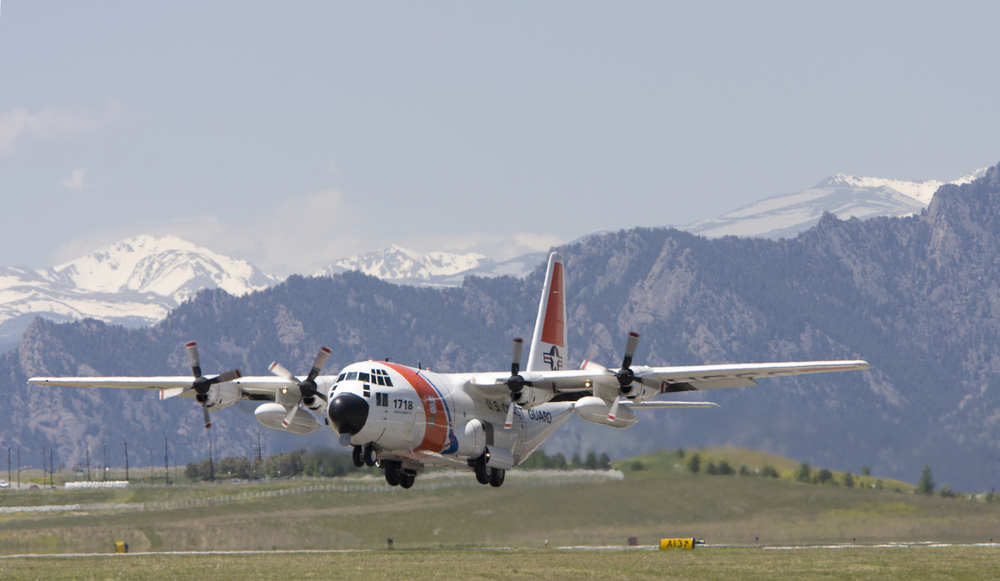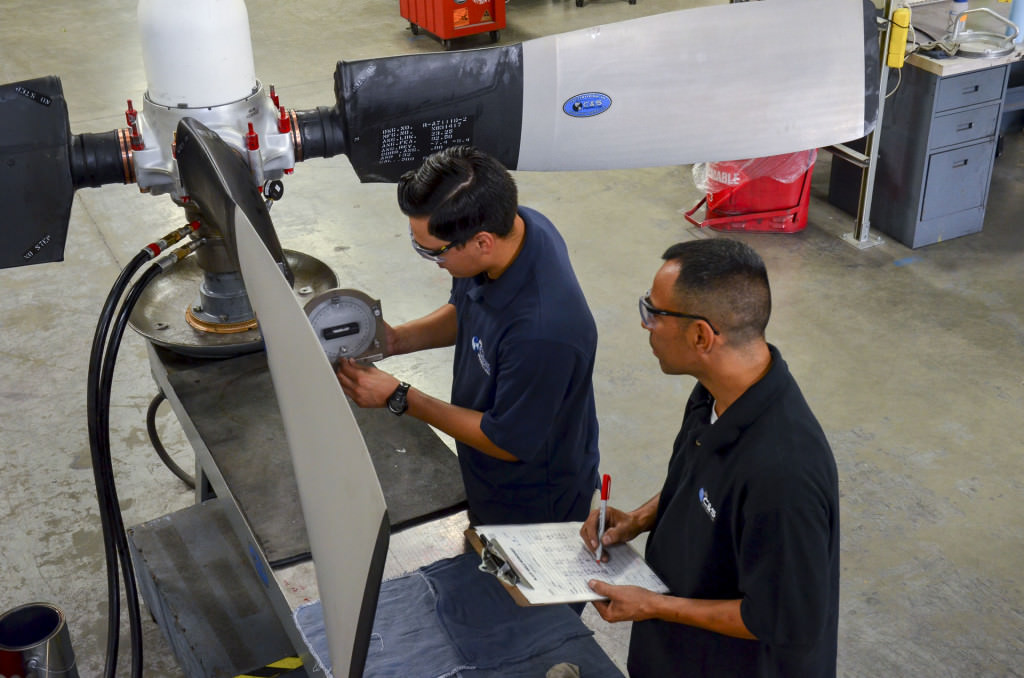The C-130 Hercules has a rich, diverse history, ranging from its origins in military applications to current humanitarian efforts, but part of the driving force behind the might and superiority of the aircraft lies in its propeller system. Four different propeller systems have had the honor of being used to help the C-130 take flight, including Curtis Electric propellers, three-bladed Aeroproducts propellers, the four-bladed Hamilton Standard 54H60 and the six-bladed Dowty R391 propeller. However, all active C-130J aircraft employ the R391. As a result, a thorough understanding of the 54H60 propeller system is essential to keeping older model C-130s and modern L-100 models in operation today.

Critical Terms in Learning More About the 54H60 Propeller System
The components of the 54H60 propeller system have similar names to other propeller systems, explains the Navy BMR. Some of these components include the following:
- Shank – The thickened portion of the blade near the hub.
- Blade – The length of the propeller from the butt to the tip, and similar terms, blade back or face, describe the sides of the blade from an orientation of behind the propeller.
- Tip – The outer-most portion of the blade from the hub.
- Hub – The section fitted to the propeller shaft and connected to the shank of each propeller.
- Leading Edge – The edge of the blade that “cuts” into the direction of the propeller’s turning.
- Trailing Edge – The opposite edge of the leading edge.
- Propeller Retaining Nut – This nut connects the hub to the propeller shaft.
- Blade Stations – The blade stations serve as a guide for measuring width and thickness during overhaul.
- Pitch – Pitch is a distance traveled through the air with one revolution of the propeller. Blade angle is the angle measured from a flat pitch or zero angle.
- Blade Chord – Blade chord describes the distance between the leading and trailing edges of the blades, thickness and camber of the blade.
- Feathering – Feathering refers to the highest blade angle achieved that allows for drag minimization during flight (Emergency or Normal in flight shutdown.
- Reversing – You will NEVER go into the reverse range in flight. Reverse aids in stopping power, by allowing the blade angle to rotate to a negative angle, thus producing thrust that goes forward of the aircraft instead of backward.Reversing action functions similar to a brake in the 54H60 propeller system. It allows the C-130 to reduce speed to maximize the time of targeted approaches. For example, dropping water over wildfires may require slower speed during the time of drop.
Specific Parts of the 54H60 Propeller System
The 54H60 propeller system is made of up rotating and non-rotating parts. The rotating portions of the propeller system include the barrel assembly, four blade assemblies, and the following components:
- A Pitch lock regulator prevents blade angle from decreasing in the event of loss of controlling oil pressure or an overspeed of 103.5%.
- A low-pitch stop assembly prevents the blades from decreasing below a preset angle when in flight range.
- The contact de-icing ring assembly provides power from the aircraft to the propeller, ensuring the blades do not accumulate ice on the tips of blades. There is NO deicing capability outside the blade heater. The heater obviously doesn’t go to the tip.
Knowing more about the composition of the 54H60 propeller system is the first step toward keeping the legendary “Herc” in service. However, the Herc’s 54H60 propeller system is much more involved in operation than simply identifying its basic parts, and we will dive further into that part of our discussion in Part II.





